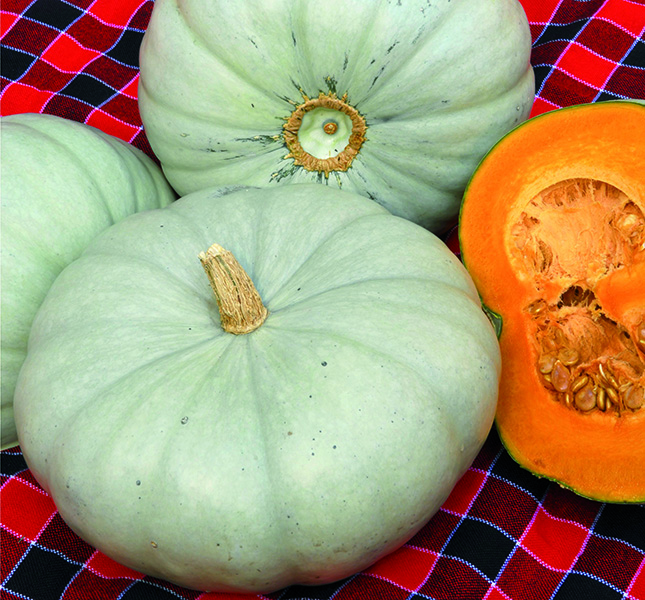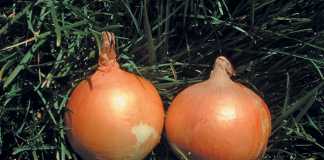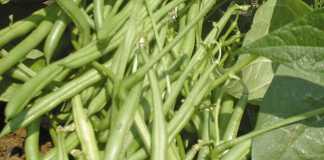
Photo: Bill Kerr
Many emerging farmers rush into planting a crop without doing the necessary calculations and research. For instance, I once visited an emerging farmer who showed me his beautiful cabbages for which he was getting R3 each on the farm. This crop took three months to reach maturity from the planting date.
Then he showed me his pineapples, saying he could probably get R2 each for them. I asked him how long it took from planting to harvest, and he said about 18 months.
I suggested he was wasting the little land he had by planting pineapples when he could plant cabbages, which was a quicker and more profitable crop with a ready market.
When deciding what to plant before planting vegetables, ask yourself:
- Do I know enough about the crop to be successful?
- Is there a good market for the crop and what are the likely prices?
- How can I get the most value from my limited farming area?
There may, for example, be a good market for pumpkins, but you need to know what you can expect from the planted area in rands. Then you need to do the same calculation on cabbages or spinach to see how they compare. All these crops generally have a good market in rural areas.
Also, when starting out planting vegetables, you may have limited cash – and this is also something you must take into account until your income begins to pick up.
A crop like tomatoes always has a ready market, but also requires high input costs before it gets to harvest. There’s also a lot to learn when it comes to dealing with pests and diseases.
Then there are also great price fluctuations – prices go up and down almost all the time – so, after going to great expense and effort, there will be times when you won’t even cover your costs. This risk is an important point to consider until you’re well established.
If you employ labour when planting vegetables, you’ll need to choose your crops and planting times to make sure your staff is employed at all times. You need to sit down with a pen and paper and list all the tasks to be performed on the various crops, when these tasks will have to be performed and how much of a task each worker is able to do in a day.
You don’t want to have peak labour requirements on all crops at the same time.
Finally, when choosing a crop for a season, think about the “natural” risks, such as heat waves and hailstorms. Some crops, like spinach, will only have a setback from hail, whereas other will be wiped out.
|













